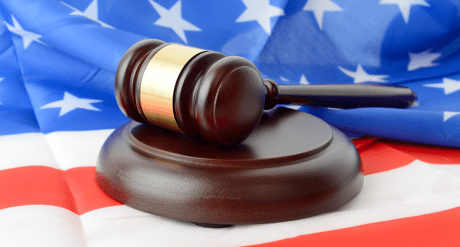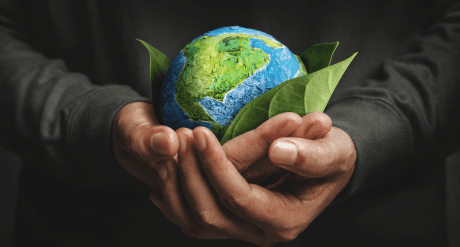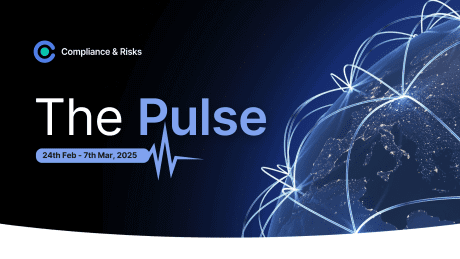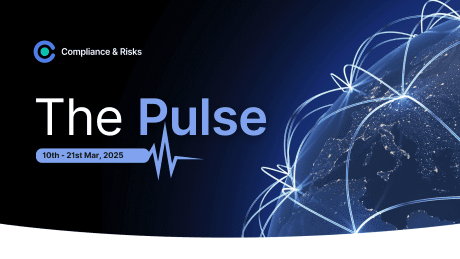
Navigating the “S” in “ESG”: An Overview of Forced Labor Regulatory Activity in the EU and North America
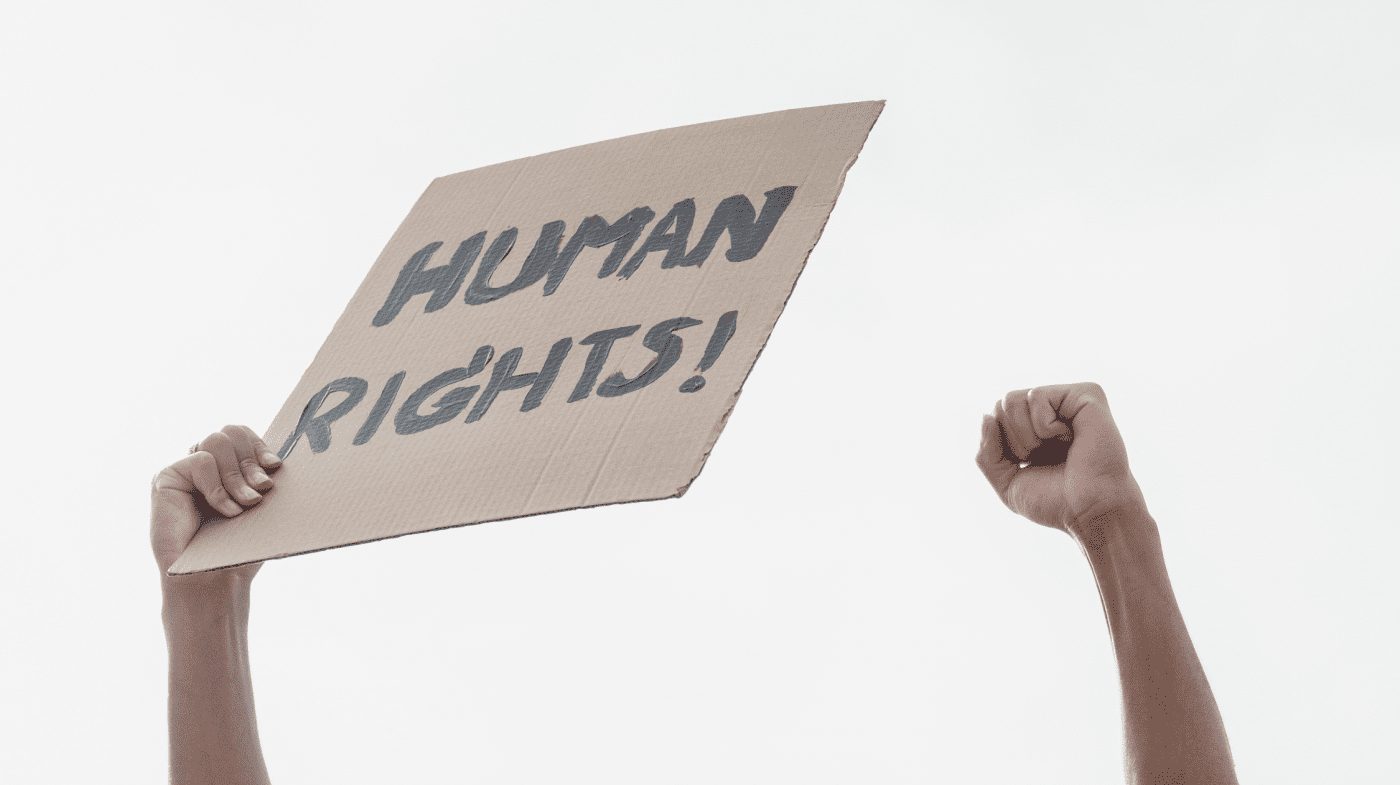
Authored by Joanne O’Donnell, Global Regulatory Compliance Team Manager , Compliance & Risks
During a recent webinar that I attended, participants were asked the following question: ‘What is the most important letter in the “E” “S’ “G” acronym?’
Many suggested that “E” was the most important given that environmental issues currently pose one of the greatest threats to humanity. Others advocated that the “S” deserves its place at the head of the ESG regulatory table as social issues significantly impact business performance and reputation. A few argued that the “G’ pillar was pivotal as companies must have strong corporate ‘governance’ in place before they can even consider addressing environmental and social impacts and risks.
After much debate, our esteemed presenter revealed that we were all wrong and that the most important letter in the “E” “S’ “G” acronym is in fact …….”P” i.e.,
- “P” for the Planet (“Environmental”)
- “P” for the People (“Social”)
- “P” for the Procedures (“Governance”)
This resonated strongly with the audience who, like most people, are drowning in the ESG alphabet soup of acronyms.
What is notable however is that whilst some regions are focusing on regulations that contain requirements covering all disclosure aspects of the “E” “S’ and the “G” in one instrument (e.g. the EU Corporate Sustainability Reporting Directive and the draft Corporate Sustainability Due Diligence Directive), other countries are choosing to legislate on these pillars separately or in addition to the consolidated approach.
Over the past number of years in particular, there has been a significant increase in regulations in the “S” sphere requiring entities to comply with and disclose their efforts with regard to international human and labor rights in their supply chains. This blog will highlight some of these key recent developments .
European Union
On 14 September 2022, the EU published a Proposal for a Regulation on Prohibiting Products Made with Forced Labor which, when enacted, will prohibit economic operators from placing or making available on the EU market products that are made with forced labor as well as exporting such products from the EU. The proposal currently applies to:
- Products made available within the EU including imported goods and goods made in the EU for domestic consumption or export; and
- All product types, including components, irrespective of the sector or industry.
The proposal still has to be agreed by the European Parliament and EU Council prior to entry into force and may potentially be subjected to further changes between now and then. It therefore appears unlikely that the draft will be adopted before the end of 2023.
USA
In the US, all imports of products made with forced labor from the Xinjiang Uyghur Autonomous Region (Xinjiang) of the People’s Republic of China (PRC) are prohibited under the Uyghur Forced Labor Protection Act (UFPLA) since 21 June 2022.
The US Customs and Border Protection (CBP) applies a presumption that imports of all goods produced, or manufactured wholly or in part in Xinjiang or by entities identified on the UFLPA Entity List, are made with forced labor and are therefore prohibited from entry into the US. The presumption also applies to goods made in, or shipped through, the PRC and other countries that include inputs made in Xinjiang.
The presumption can be rebutted if importers demonstrate that the goods were not mined, produced, or manufactured wholly or in part by forced labor. Importers must also demonstrate that they have carried out due diligence to ensure that they do not import any goods made, in whole or in part, by forced labor, especially from Xinjiang. Cotton, tomatoes, and polysilicon are identified as high-priority sectors whilst the UFLPA Strategy also references apparel and silica-based products as high-priority sectors for enforcement.
In March 2023, the CBP released a statistics dashboard tracking their enforcement of the UFLPA for the period 21 June 2022 to 3 March 2023. Statistics revealed that China was not the only country of origin for products stopped by the CBP during this period. Imports from Malaysia, Vietnam, Thailand, and Sri Lanka were also impacted so even though the law was intended to focus on products made with forced labor from Xinjiang, in practice it does seem to have a wider scope.
Canada
On 11 May 2023, Canada became the latest country to enact forced labor regulations when the Fighting Against Forced Labor and Child Labor in Supply Chains Act (Bill S-211) received Royal Assent. The Act requires private-sector entities producing, selling, distributing or importing goods in Canada to disclose information on the measures taken to prevent and reduce forced or child labor risks in their supply chains.
Entities in scope must submit an annual report, which must be made available to the general public via the company website, to the Minister of Public Safety and Emergency Preparedness on or before 31 May each year on the steps taken to prevent and mitigate such risks.
The Act is scheduled to enter into force on 1 January 2024.
Mexico
On 17 February 2023, the Mexican Ministry of Economy published an Agreement on the Prohibition on Import of Products Made with Forced Labor which entered into force on 18 May 2023.
The prohibition gives the Ministry of Labor and Social Welfare (“MLSW”) power to initiate a procedure, ex officio or at the request of a private applicant, to verify if goods were manufactured using forced and compulsory labor. Where the MLSW determines that this is the case, it will publish its findings via a resolution on the MLSW website resulting in a prohibition on the import of the specific products in question.
The MLSW can request the assistance of governments with whom the Mexican Government has signed agreements on forced or compulsory labor in determining whether products manufactured by foreign entities have been produced with the use of forced or compulsory labor. If this is not established, the MLSW will notify the importer that it is initiating a procedure to determine the use of forced or compulsory labor with respect to the products in question.
The importer then has 20 business days to produce documentary evidence to demonstrate the contrary. MLSW has a period of up to 180 business days from the date on which the request is submitted to issue the corresponding resolution which may:
- Determine that the goods were produced with the use of forced or compulsory labor, in which case the goods will be included in a list of resolutions to be published by the MLSW; or
- Determine that the goods were not produced with the use of forced or compulsory labor, in which case the initial applicant who submitted the request can re-submit a new application to include further evidence.
Japan
Several Japanese government ministries met in April to discuss the potential introduction of measures to eradicate forced labor from supply chains of companies that take part in government procurement in Japan.
The measures could potentially require companies in scope to:
- Demonstrate that they are not linked with cases of forced labor or extremely low wages in their operations and procurement of raw materials; and
- Document their efforts to respect human rights in writing.
This follows on from the signature, in January, of a Memorandum of Cooperation (MOC) between the Japanese Ministry for Economy, Trade, and Industry (METI) and the US Trade Representative to launch a Task Force on the Promotion of Human Rights and International Labor Standards in Supply Chains under the US-Japan Partnership on Trade to allow both countries to exchange information on laws, policies, and guidance as well as promoting best practices for human rights and internally recognized labor rights due diligence.
In August 2022, METI also released Guidelines on Respect for Human Rights in Responsible Supply Chains which were designed to strengthen corporate responsibility to respect human rights by requiring businesses to establish a human rights policy, conduct human rights due diligence, and provide remedy when business enterprises cause or contribute to adverse human rights impacts.
Whilst the guidelines are not mandatory, discussions at government level to potentially introduce mandatory measures to eradicate forced labor from supply chains represent an important step by the Japanese government towards recognizing corporate responsibility for infringements of human rights.
Conclusion
Demands from stakeholders—investors, customers, employees—are growing at an alarming rate. Stakeholders want to ensure that the companies they are investing in, buying from, and working for fully assess and report on their social as well as their environmental impacts and immediately take measures to reduce any negative effects.
Regulators are responding to stakeholder concerns and demands regarding social issues such as diversity and inclusion, human rights, working conditions, health and safety which in turn results in even more regulatory activity.
As regulatory activity in the ‘S’ sphere of ESG continues to increase, companies must therefore ensure that they are proactively staying ahead of current and proposed regulatory developments in this area.
Stay Ahead Of ESG Regulatory Changes
Our ESG Solution enables organizations to manage their ESG program by:
- Staying on top of evolving ESG Regulations
- Setting and managing their ESG goals and targets
- Demonstrating compliance to evolving regulatory requirements, and other internal and external stakeholder requirements
See Our ESG Solution In Action
Accelerate your ESG Compliance with our ESG Solution, a smarter way for organizations to meet mandatory ESG obligations.
Watch our bite-sized demo at your convenience.


